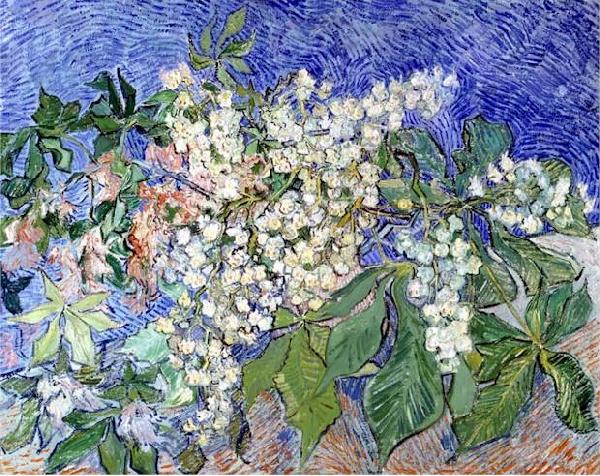Sul
Corriere Megazine di questa settimana c'è un articolo di Antonio D'Orrico che mi ha fatto riflettere. Il titolo è: "Perché il cinema italiano non riesce a fare un film come Blade Runner?" Bella domanda, peccato per le risposte un po' tristi. Si va dal "I film di genere sono proprio maledetti in italia. Non si possono fare" (Fausto Brizzi, regista di Notte prima degli esami, che però poi sfodera alcuni cortometraggi amatoriali di fantascienza) al "Non ci sono i soldi, non c'è il mercato, non ci sono gli attori, non c'è il regista, non ci sono i libri" (Neri Parenti, regista dei cinepanettoni natalizi) fino a "Mi stai chiedendo come mai gli italiani non fanno un film americano. Che domanda è?" (Vincenzo Cerami, autore di "La vita è bella").
Le risposte mi hanno messo profonda tristezza, forse perché sono state interpellate le persone sbagliate. Si sa che in Italia la fantascienza è un genere che proprio non tira, insieme al fantasy, mentre basta metere in scena un omicidio e tutti sono contenti, ma mi sembra assurdo dire che non ci sono gli attori e i libri. Le storie ci sono e sono tante, basta vedere quanti fumetti fantasy e di fantascienza ci sono in giro. Gli attori bravi si trovano, non capisco perché uno possa interpretare un poliziotto figo e non un cavaliere spaziale. Mi viene in mente Raul Bova esportato a Hollywood. E sicuramente i registi giovani e con tanta inventiva ci sono. La verità è che nessuno ha voglia di investire in un film che non sia un tristissimo e stomachevole film di Natale, l'unico genere che in Italia porta milioni di persone al cinema, senza che nessuno riesca a capire come questo sia possibile...forse ci saranno messaggi subliminali incisi nelle pellicole...
On "Corriere Magazine" of this week there is an article by Antonio D'Orrico that made me think. The title is: "Why Italian cinema can't do a movie like Blade Runner?" Nice question, it's a pity the answers were so sad. It begins with "Genre movie are accursed in Italy. We can't do it". (Fausto Brizzi, director of Night before the exams, who then speaks about some homemade sciencefiction short movie) to "We don't have money, we don't have the market, the actors, the directors, the books" (Neri Parenti, director of Cristhmas movies) until "Are you asking me why Italians don't do an American movie? Is that a question?" (Vincenzo Cerami, autor of "La vita è bella").
These answers made me sad, maybe 'cause people heard were wrong. We know in Italy sciencefiction is not a leading genre, as fantasy, while is enough to put in scene a homicede and every one is happy, but I think is absurd to say that we don't have actors or books. We have many good stories: is enough to see how many sciencefiction and fantasy comics there are. We have also good actors, I can't undestand why an actor can be a cool policeman and not a space knight. I think, for istance, at Raul Bova exported in Hollywood. Surely we have lots of young and good directors. The truth is that nobody wants to invest in a movie that isn't a sad and sweet Cristhmas movie, the only genre that in Italy brings millions of people in the cinemas, while nobody can understand how this is possible...maybe there are some strange ipnotic messagges in the films...




